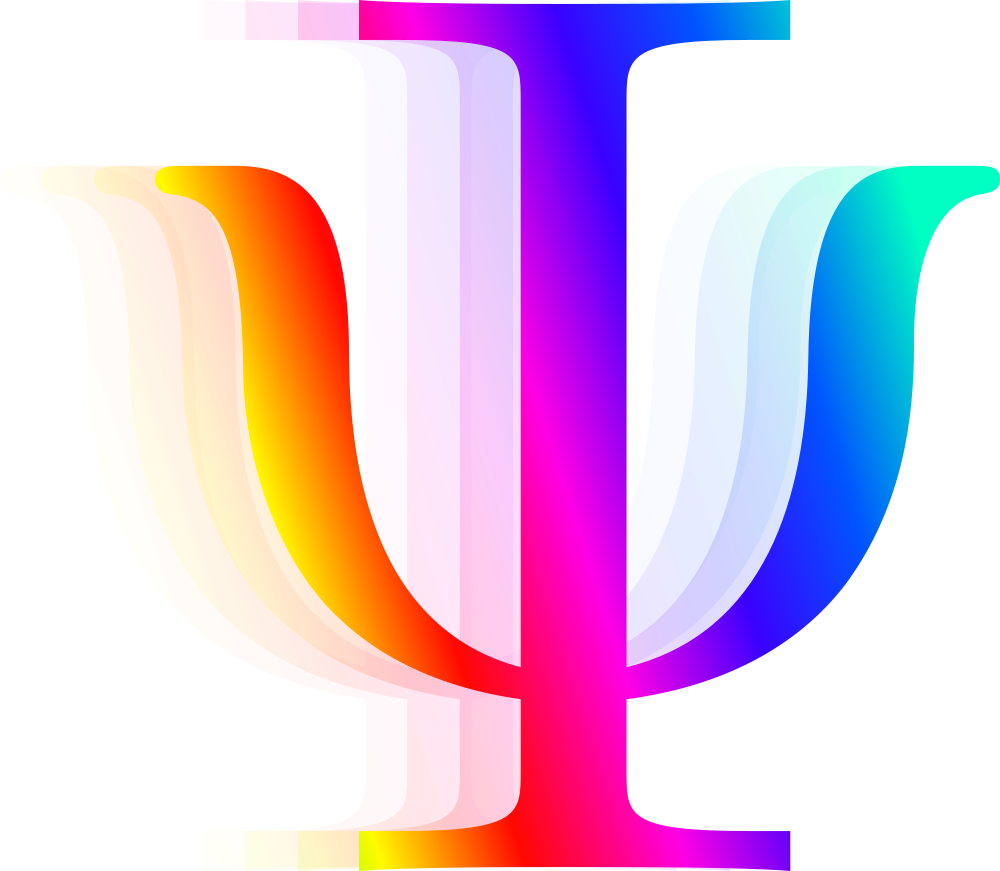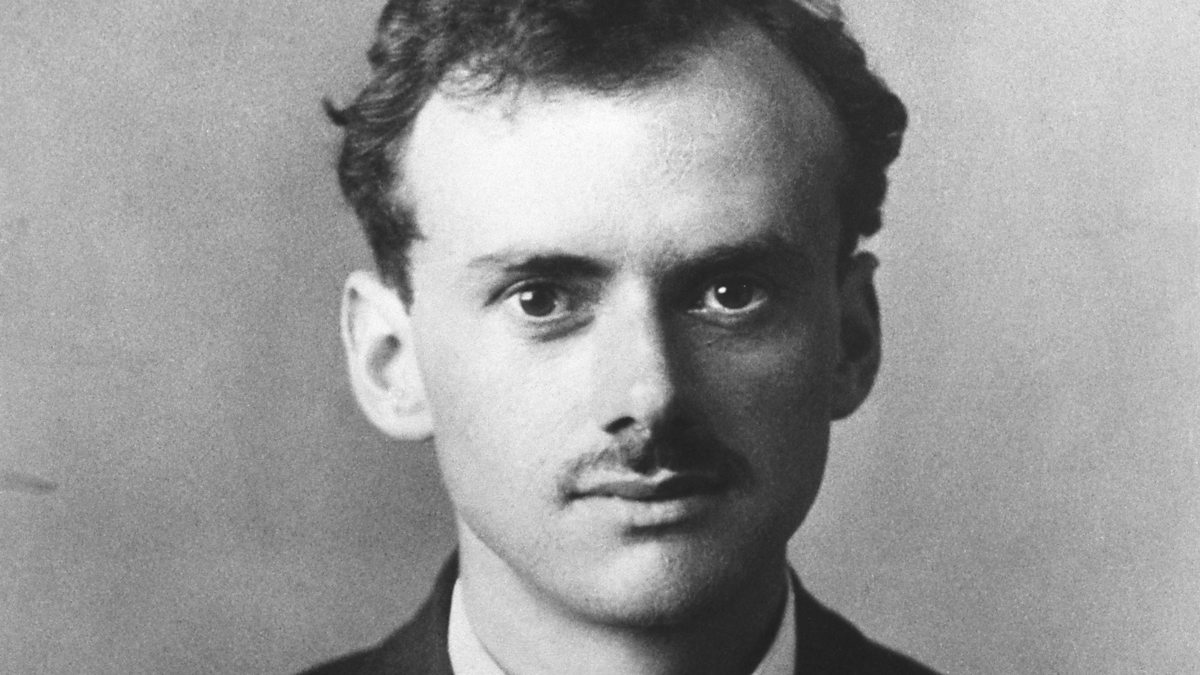
Quantum Field Theory
Quantum field theory explains how particles and forces interact at the smallest scales. It describes particles as vibrations or disturbances in fields that fill all of space. For example, the electromagnetic field shows how light and electric forces work by treating them as waves in this field. This theory helps scientists predict how particles will behave and interact, which is crucial for understanding everything from atomic processes to the behavior of the universe's most fundamental forces.
Back Home
When was it discovered?
Quantum field theory developed gradually over the 20th century, with key contributions from multiple scientists. Early ideas were shaped by Paul Dirac in the 1920s, and significant advancements came from Richard Feynman, Julian Schwinger, and Sin-Itiro Tomonaga in the 1940s. The theory evolved through their work to become a central part of modern physics.

How can it help humanity?
Quantum field theory helps us understand fundamental particles and forces, guiding advancements in particle physics. It underpins technologies like particle accelerators, which are used for research and medical treatments. The theory also supports the development of new materials and technologies by explaining how particles interact at tiny scales. Additionally, it aids in predicting the behavior of particles in extreme conditions, such as those found in space or during high-energy collisions.

What is a particle accelerator?
A particle accelerator is a machine that speeds up particles, such as protons or electrons, to very high energies and then collides them. These collisions allow scientists to study fundamental particles and forces by observing the results. Quantum field theory ties into particle accelerators because it provides the framework for understanding and predicting the interactions between these particles. By analyzing collision outcomes, scientists can test and refine quantum field theory, uncover new particles, and explore the basic building blocks of the universe.
Recap
What is Quantum Field Theory?
Quantum field theory describes particles as vibrations in fields.
Who discovered it?
Developed by Dirac, Feynman, Schwinger, and Tomonaga in the 1920s to 1940s.
How can it help us?
It helps us understand particle interactions, advance technology, and explore fundamental physics.